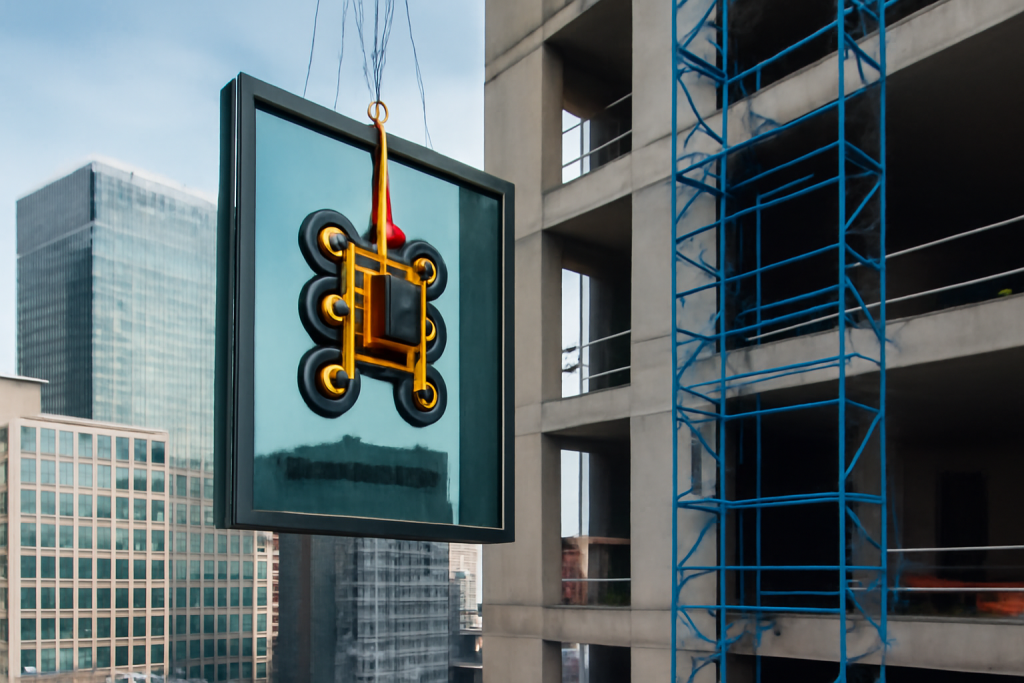The subtleties of transportation and lifting of armored double-glazed windows to great heights

Transportation and lifting of armored double-glazed windows to great heights is a complex and responsible process that requires highly qualified specialists, specialized equipment and strict adherence to safety rules. Armored glass units have several characteristics that make them difficult to transport and lift to heights, including their considerable weight, specific dimensions, and increased fragility if mishandled. Since toughened glass is usually installed in facilities that require a high level of security, such as banks, offices, office buildings, or residential complexes, lifting and installing such structures must be done with the utmost care. This requires the use of special equipment that can ensure proper fixation of the glass, prevent damage, and ensure the safety of people involved in the process. In addition, the high level of technical complexity of such work requires careful preparation, precise planning of each stage, and constant monitoring of weather conditions, as even minor changes can significantly complicate the lifting process.
Cargo assessment and preparation
Before you start lifting a toughened glass unit, it is important to make a full assessment of the cargo. Armored double-glazed windows often have a considerable thickness and weight, which makes their transportation and lifting technically challenging. Each insulating glass unit needs to be carefully inspected for defects, cracks, or damage that could reduce its strength. It is also important to consider the shape and size of the glass, as non-standard sizes may require specialized lifting equipment.
Use of specialized equipment
Lifting armored double-glazed windows to a height usually requires the use of specialized lifting mechanisms. Here are some of the key lifting steps:
- Suction cups and transportation mechanisms: To avoid damage to the glass surface, powerful suction cups are used to securely hold the glass. This allows the insulating glass unit to be transported without the risk of damage during lifting.
- Cables and winches: When lifting a large or heavy insulating glass unit, cables and winches are used to smoothly move the load to the required height. The choice of cable depends on the weight of the cargo and working conditions.
- Mounting platforms or elevators: For climbing to great heights, aerial platforms or elevators are sometimes used. They provide stability and safety when working at great heights.
Lifting to height
Once the load is prepared and the equipment is set up, the actual lifting begins. Here are some key aspects to consider:
- Load control: When lifting toughened glass, it is important to control the even distribution of the load on the glass. Otherwise, improper lifting can lead to distortion or even damage to the glass unit.
- Safety precautions: Since the lifting of armored double-glazed windows often takes place at high heights, safety precautions are critical. Special protective equipment for industrial climbers is used, such as seat belts, helmets, protective gloves and other personal protective equipment. Climbers must be secured to avoid falling.
- Weather conditions: Because weather conditions can significantly affect lifting safety, especially when handling heavy loads, you should carefully monitor for wind, rain, or other adverse factors that could complicate the process.
Fixing and installation
Once the armored glass unit has reached the required height, it is important to ensure that it is properly fixed and installed. Usually, at this stage, additional devices are used to fix the glass to prevent it from moving or being damaged during installation in the window frame. Installation of toughened glass requires special attention to sealing the joints, as proper installation not only provides protection against mechanical impact but also ensures the energy efficiency of the windows.
Lifting and installing armored glass units at height is a process that requires high precision and professionalism. Each stage of the work – from preparation to lifting the load to a height and installation – has its own characteristics and requires the use of specialized equipment. To ensure safety, it is important to comply with all safety standards and regulations, as well as to use experienced professionals who have the skills to work with heavy and non-standard loads.
Interesting articles:
Peculiarities of installation and dismantling of double-glazed windows at height in conditions of limited access
